Humans are facing many complex health problems due to climate change, lifestyle, abuse of synthetic chemicals... but the development of science and technology allows us to have more and more methods of diagnosing many diseases at the same time on the body of a person, in order to build individual treatment and care plans that are most suitable and effective for each person. Only by doing so can we solve diseases at a cost that many people can reach.

Dr. Nguyen Viet Hau, Head of Emergency and Nursing Department, is treating the patient.
This article will focus on analyzing why investing in nursing can reduce health care costs for people, hospitals and society.
Each patient is an individual care plan, suitable for each individual treatment model. It sounds easy to say, but it requires a breakthrough in nursing work, from nursing techniques to nursing management. To do this, it first requires digitizing and dataizing nursing work, then training nurses to practice according to globally connected evidence, and finally, continuous monitoring, improvement and training according to new emerging evidence.
Sharing a few situations to make it easier to visualize. The Department of Orthopedics and Traumatology receives about 30 patients every day with nearly 10 different types of surgery in people with many pathological problems and completely different physical conditions. Each patient is approached with a different method of care, suitable for different health problems, should not rely on any previous patient for reference. If applying similar routine care techniques, it can cause the patient to prolong the hospital stay due to the wound and the body not recovering as expected.
If a patient undergoing lower limb surgery spends on average 5 million VND on diagnostic costs, 15 million VND on surgical costs, 30 million VND for 10 days of recovery, then extending 5 days of non-personalized care can cost as much as the cost of surgery. But these are only direct costs, while other indirect costs are huge and must be borne by the patient, the hospital and society.

Nurses are taking care of patients in the Emergency Department.
Every patient in hospital has to take time off work and lose income. Family members who come to take care of the patient also have to take time off work and lose income, or have to pay for nursing services. If the patient recovers one day earlier, at least two people will reduce their loss of income.
For hospitals, prolonged hospital stays take away the opportunity to treat others because the number of hospital beds is always limited. Hospitals increase their cost burden, often having to compensate for the loss of long-term hospitalizations, and at the same time lose revenue because they cannot accept new patients.
The prolonged hospital stay also causes social consequences such as the lack of hospital beds and the need to increase investment. In any country, investment in hospital beds is always subsidized by the government through many forms, so it is essentially a social resource to support investment.
If you want to shorten the hospital stay, help patients recover faster, have less physical and mental pain, and reduce the likelihood of illness recurring and having to return to the hospital, nursing is key. In other words, when the technical expertise of nurses is improved and the effectiveness of nursing management is improved, patients, hospitals, and society will benefit more from health to finance.
According to the Health Statistics Yearbook published in 2020, nurses account for 39% of the entire health sector workforce. If we count health workers who work directly with patients, the nursing sector accounts for 60% and they are present everywhere in the health system. Therefore, the World Health Organization (WHO) recommends that health policy makers need to reorient investment areas to restructure the health system, ensuring cost-effectiveness in health care. Furthermore, the World Nursing Council affirms that this is the time for policy makers and decision makers at the national and local levels to make decisive shifts to build and optimize a resilient, strong and sustainable nursing workforce.
Source: https://thanhnien.vn/dau-tu-vao-dieu-duong-giam-chi-phi-y-te-185240512214159336.htm




![[Photo] Keep your warehouse safe in all situations](https://vphoto.vietnam.vn/thumb/1200x675/vietnam/resource/IMAGE/2025/10/1/3eb4eceafe68497989865e7faa4e4d0e)





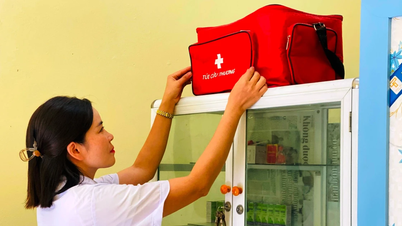

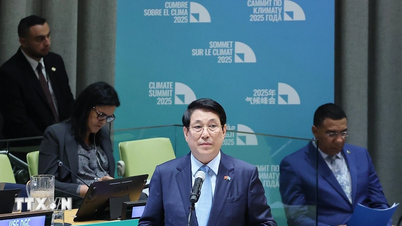






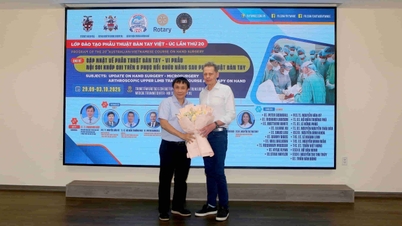



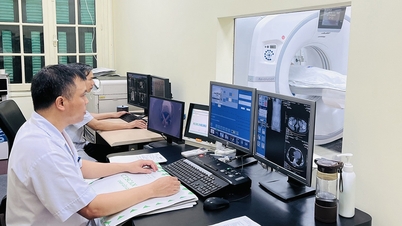






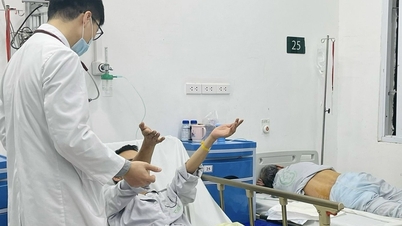


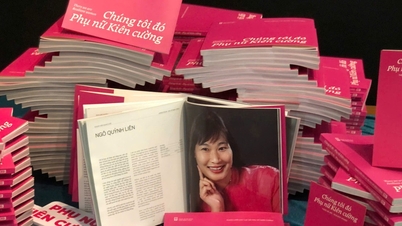
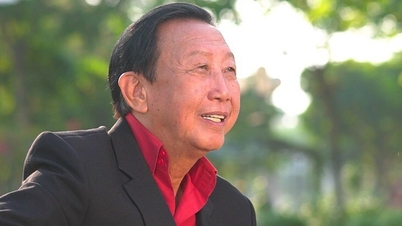


![[Photo] President of the Cuban National Assembly visits President Ho Chi Minh's Mausoleum](https://vphoto.vietnam.vn/thumb/1200x675/vietnam/resource/IMAGE/2025/10/1/39f1142310fc4dae9e3de4fcc9ac2ed0)







































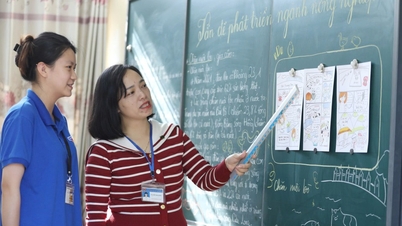



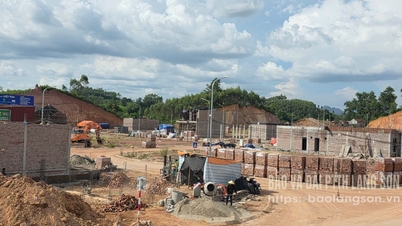
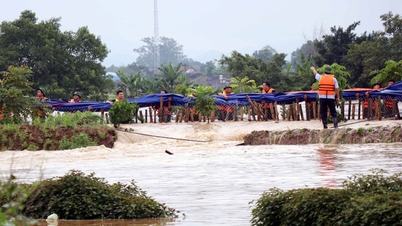
















Comment (0)